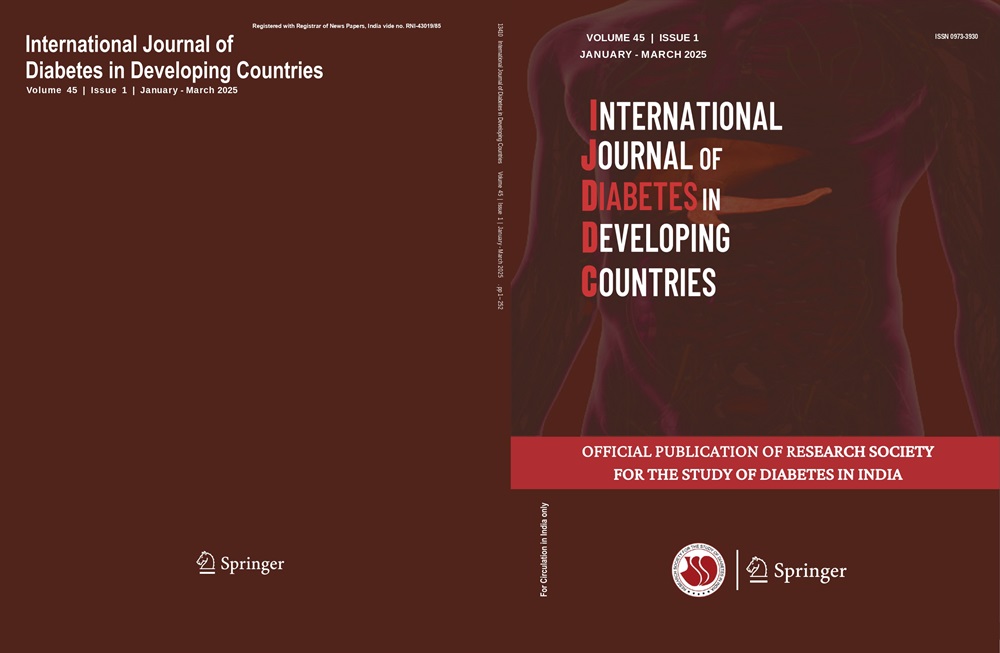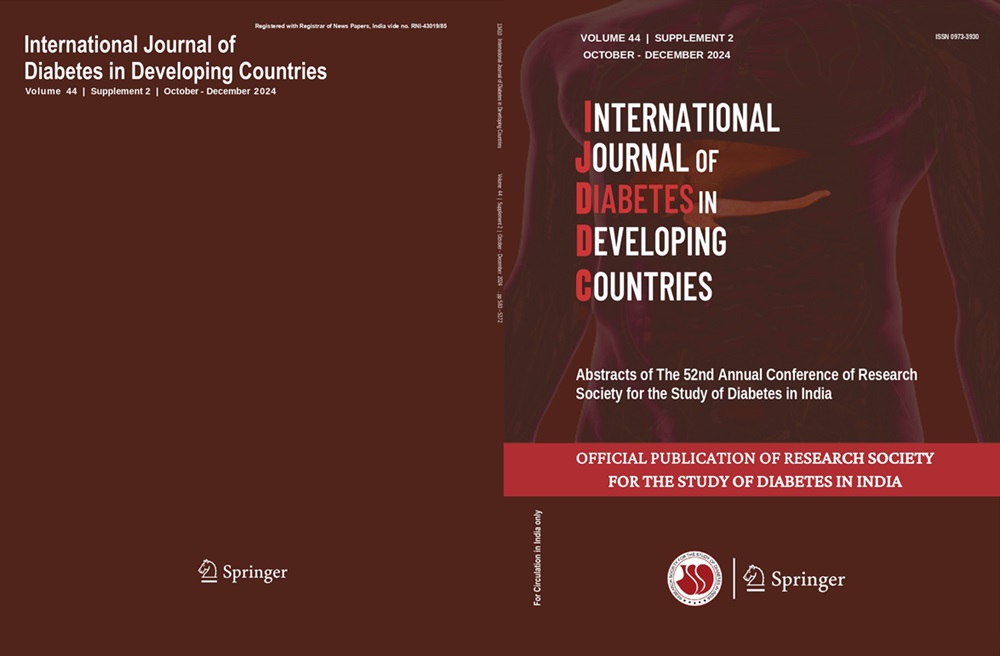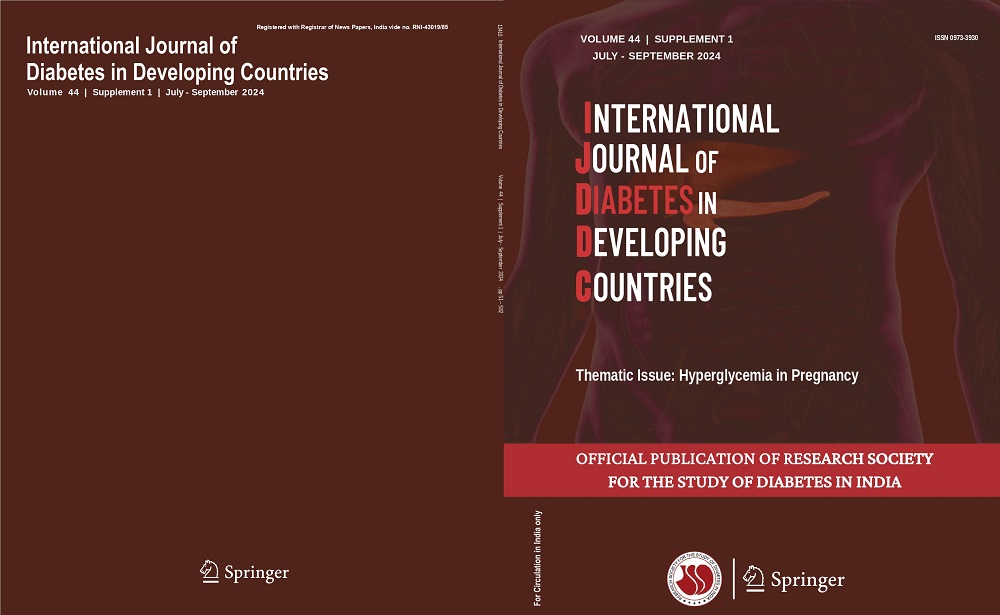Baydaa Ahmed Abed, Isam Noori Salman, Ekhlas Abdallah Hassan, Noor Ulhuda G. Mohammed
Keywords
Diabetes mellitus • Stanniocalcin-1 • Proenkephalin-A • Lipid profile • HOMA-IR
Background Diabetes mellitus is a chronic metabolic disorder that carries substantial implications for health, social well- being, and economic factors. Stanniocalcin-1 STC-1 is a polypeptide hormone that was initially distinguished as a controller of calcium/phosphate homeostasis in the fish. There is a growing evidence that human STC-1, an autocrine/paracrine factor, plays a role in both inflammation and carcinogenesis. The stable fragment proenkephalin-A (PENKA) is a novel biomarker derived from the precursor enkephalin, which is involved in multiple biological pathways.
Objective The objective of this study was to assess the significance of two newly discovered biomarkers, stanniocalcin-1 and proenkephalin-A, in patients recently diagnosed with type 2 diabetes.
Methods The study consisted of 90 participants, who were divided into two groups. The first group comprised 60 patients with recently diagnosed T2DM, while the second group consisted of 30 healthy individuals serving as controls. The age range of the participants spanned from 35 to 65 years.
Result The study found a significant increase in body mass index (BMI), fasting blood glucose (FBG), HbA1c, C-peptide, HOMA-IR, total cholesterol (TC), triglyceride (TG), LDL, VLDL, stanniocalcin-1, and proenkephalin-A in patients with newly DM when compared with those in the control group. Also, there was a significant increase in HDL levels in the control group compared to the newly diagnosed diabetic group.
Conclusions In conclusion, the results of our study indicate that stanniocalcin-1 and proenkephalin-A could potentially be used as indicators of glucose homeostasis. Consequently, these biomarkers may offer an alternative to conventional markers in predicting risk factors for diabetes mellitus.




